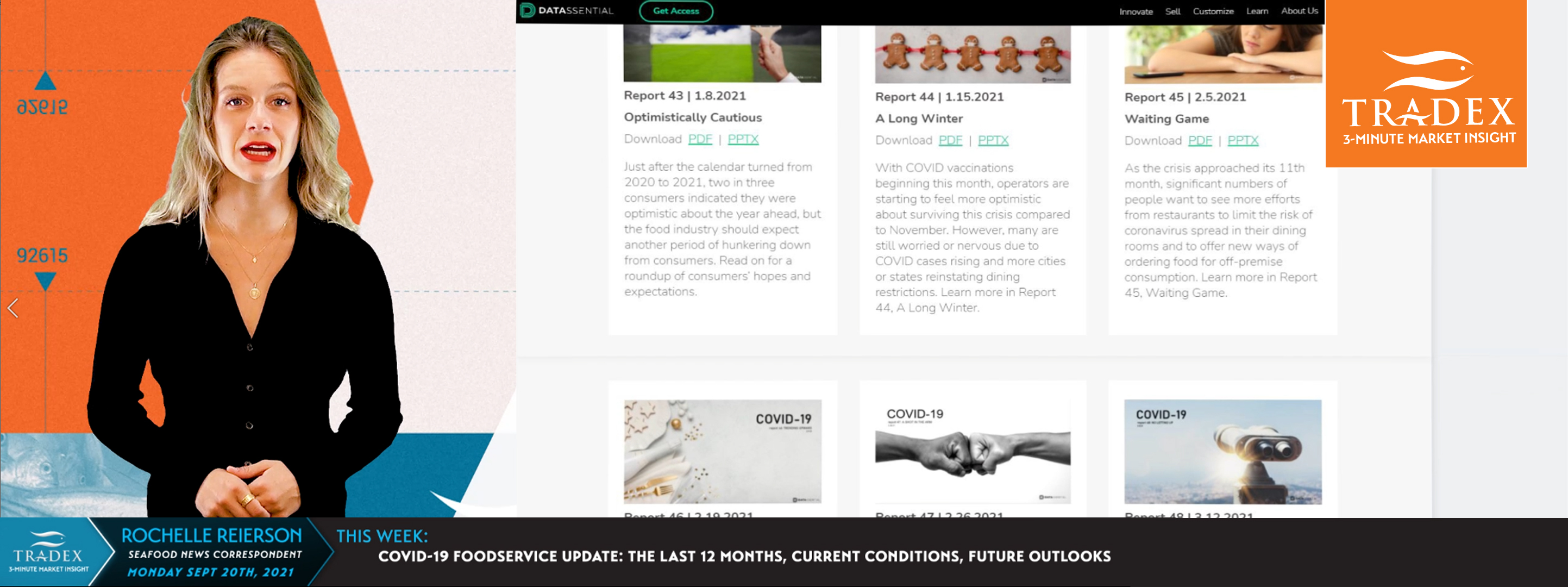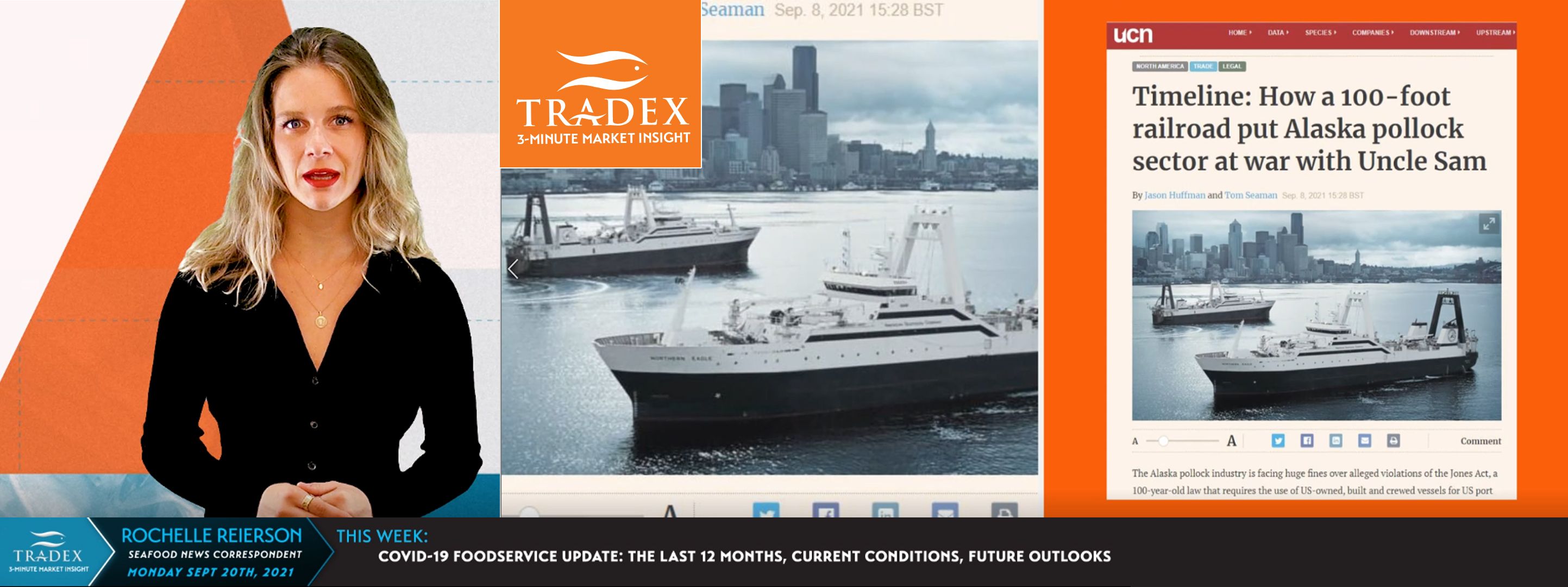
Loading
EP 556 | AIRED 09/20/2021
COVID-19 Foodservice Update: The Last 12 Months, Current Conditions, Future Outlooks
September 20th, 2021--- It’s been a little over a year since our last COVID-19 Foodservice specific update for the US market.
This time last year, the foodservice industry was “cautiously finding their new normal”. The restaurant industry slowed immensely, buffets were still closed, and there were large quantities of older inventory with foodservice distributors and wholesalers.
As the calendar turned from 2020 to 2021, there was a real sense of optimism in the air.
COVID vaccinations continued to be distributed and by April we were reconnecting as the country was inching toward the “Next Normal”.
By May, it seemed as if the industry was roaring back as there was a sense that people no longer had concerns about dining out, however the restaurant industry now faced labor shortages.
Fast forward to present day, and the focus is back on battling the public-health crisis as the highly contagious “Delta” variant has the nation in a fourth wave - now 18 months into this pandemic.
So what does the landscape of the foodservice market look like now, and what is the future outlook?

From our point of view, we are seeing that some foodservice operators are twice as busy as they were pre-pandemic - which is a sharp contrast to a year ago when the industry was trying to unload a surplus of product, and now can barely keep product in stock.
A number of factors are contributing to supply issues such as container shortages, congestion at the ports, raw materials shortages, and skyrocketing freight rates that have seen rates from China to North America go from $4000 a year and a half ago to $27,000 today - all of which should have us preparing for the continued rise of inflation as spending continues and supply chain problems persist.
To add fuel to the fire, the industry is now also closely following the events surrounding Pollock from Alaska and the Bayside Program that is currently stalling millions of pounds of seafood, and potentially even millions more as court proceedings continue to stall that supply chain.
For ourselves, we have foodservice operators pre-booking products into next year already and we do not anticipate a slowdown in demand anytime soon.
Recent reports are that a majority of US independent restaurants will be forced to close if U.S. Congress does not quickly replenish the Restaurant Revitalization Fund.
Although this is potentially a sad reality, the demand on food services should remain unchanged (at least in the short term) as we ARE seeing the growth and demand.
Restaurants and bars have increased their servicing area’s and with that, they have more people to serve adding to the demand.

Advertise Here: advertising@tradexfoods.com
Overall industry experts are forecasting consumer consumption of seafood from restaurants to increase 1 percent or more over the next year.
It is also important to note that the pandemic recovery is expected to vary by region.
The Midwest is the most underdeveloped for seafood and has the highest negative pandemic impact, with higher focus on fast food and fried seafood than other regions.
The Northeast area will do ok, the South area will take a minor drop, and more so for the Western area.
Casual dining is the primary operator segment and since the pandemic began, off-premise dining or take-out is still driving most restaurant volume.
The dine-in segment share will continue to increase post -pandemic, but take-out and delivery will continue to be very important.
It is vital that restaurant operators ensure they have optimal dine-in and take-out menu options to continue to drive growth.
It is also critical to ensure that products are well suited for quality take-out and provide support to operators on optimizing the prep methods and packaging for take-out.
Consumers are open to ordering a variety of dishes with seafood; however, preference for global entrees as well as soup/salad appetizers has declined, likely driven by pandemic.
Health has been a key driver of increased consumption during the pandemic, with customers choosing healthier menu options when available.
When asked what type of fish in general customers would order, Salmon is the top seafood ordered at restaurants.

Specialty fish types, like mahi mahi, and regional shellfish are at early stages of the menu lifecycle and could be longer term opportunities, particularly for seafood or for more upscale dining menus.
Restaurants will see a strong recovery in 2021 but will still be struggling with lower sales, margins, and staffing.
As restaurants are running operations with lower staffing levels and compressed margins there is a need for operational simplicity with an increasing reliance on convenience products that save labor and are cost effective.
Operators need to partner with bulletproof seafood suppliers that can ensure supply and delivery.
Our recommendation is to contact Tradex Foods - the reliable seafood experts to ensure you plan for, and receive the product you need to meet the demands of the seafood market of tomorrow - today.


